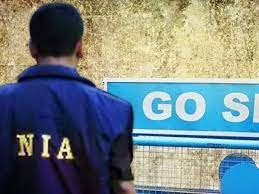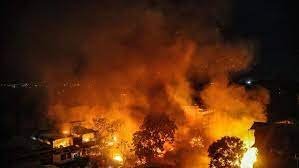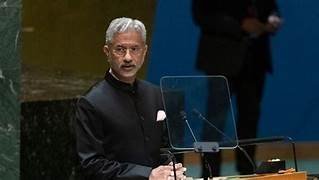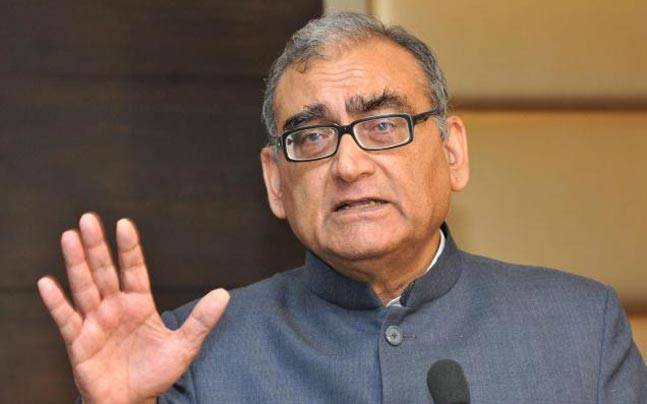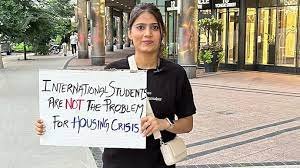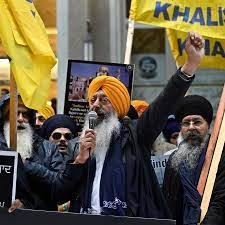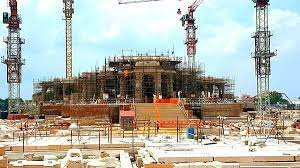The National Investigation Agency (NIA) has initiated a sweeping operation spanning six Indian states, targeting associates of notorious gang leaders Lawrence Bishnoi, Bambiha, and Arshdeep Dalla, with alleged connections to Canada. The raids, conducted at 51 locations, aim to clamp down on criminal networks involved in extortion, terror activities, and illegal arms trade.
In the early hours of today, NIA agents descended upon a residence in Punjab’s Moga district, belonging to a liquor contractor who had been targeted by Arshdeep Dalla. Dalla had allegedly demanded ransom from the contractor and received a portion of it. The NIA is diligently investigating this matter.
Further actions by the NIA included the raiding of a gun store in the Bajpur police station area of Udham Singh Nagar, Uttarakhand. Another operation was conducted in the Clementown police station area of Dehradun district, Uttarakhand. Sources indicate that the NIA team is meticulously examining the firearms inventory in the raided gun store.
In a significant move, the NIA had earlier released information on 43 individuals associated with the terror gangster network with suspected ties to Canada. The agency has appealed to the public to share information regarding their properties and assets that could potentially be seized by the government. This includes assets held directly or indirectly, along with details of associates, friends, relatives, business partners, employees, and collection agents linked to these individuals.
The NIA’s release also featured photographs and names of prominent figures within these criminal networks, including Lawrence Bishnoi, Jasdeep Singh, Kala Jatheri alias Sandeep, Virender Pratap alias Kala Rana, and Joginder Singh, highlighting that many of these gangsters have found refuge in Canada.
Previously, the NIA had seized properties belonging to Khalistani terrorist Gurpatwant Singh Pannun in Chandigarh and Amritsar under the Unlawful Activities (Prevention) Act. A property confiscation notice was recently posted outside Pannun’s residence in Chandigarh.
On September 21, the NIA, in collaboration with Punjab police, executed raids at over 1,000 locations in Punjab and Haryana targeting fugitive gangster Goldy Brar. Goldy Brar, a prime target for the NIA, is believed to be linked to the assassination of another gangster, Sukha Dunike, in Winnipeg, Canada.
Numerous of these wanted gangsters are believed to operate from Canada, underscoring the close nexus between Khalistan sympathizers and criminal organizations. In 2018, India handed a list of nine Khalistani operatives purportedly residing in Canada to Prime Minister Justin Trudeau during his visit to Amritsar.
News Summary:
- The NIA launches extensive raids across six Indian states targeting associates of gang leaders with suspected links to Canada.
- The operations, covering 51 locations, aim to combat criminal networks involved in extortion, terror activities, and the illegal arms trade.
- In Punjab’s Moga district, the NIA investigates a liquor contractor’s residence after extortion demands by Arshdeep Dalla.
- Raids also extend to a gun store in Uttarakhand, where NIA agents meticulously inspect firearms inventory.
- The NIA previously released information on 43 individuals tied to the gangster network, urging the public to share details of their properties and assets.
- Several prominent gangsters, including Lawrence Bishnoi and Kala Jatheri, are known to have taken refuge in Canada.
- Recent raids by the NIA have targeted assets of Khalistani terrorists, highlighting the close links between sympathizers and gangsters based in Canada.
